What Does the Future of Mining Look Like? Prof. Benzaazoua Has a Vision
UM6P Impact | Science in Action #05
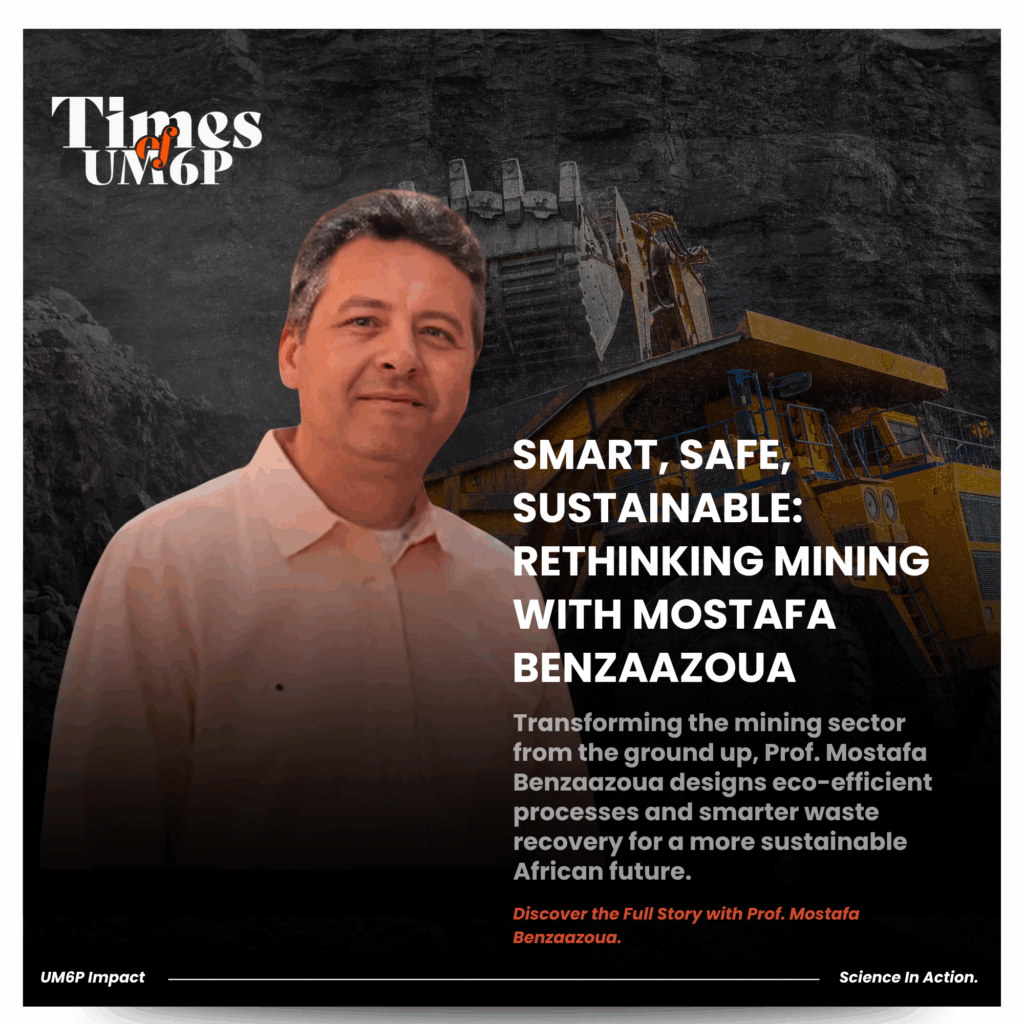
As the mining industry enters a new age, technology is no longer a support tool—it is a driving force for survival, innovation, and sustainability. In response to growing demand for critical materials and increasing pressure for environmental responsibility, mining is undergoing a profound transformation. Prof. Mostafa Benzaazoua, Director of the Geology and Sustainable Mining Institute (GSMI) at UM6P, explores how AI, digital twins, IoT, and biotechnology are enabling a smarter, cleaner, and safer future for one of the world’s oldest industries
Redefining modern mining through science, systems thinking, and sustainability
Prof. Benzaazoua is internationally recognized for his work on mine waste management, geometallurgy, and circular economy practices in mining. Through his leadership at UM6P and past work in Canada and Europe, he has consistently called for a shift from linear, extractive models to integrated, innovative, and environmentally responsible operations. Read more about the biography of Mostafa Benzaazoua
A New Era of Mining
Artificial Intelligence: Faster, Cheaper, Safer Exploration
Artificial Intelligence (AI) is transforming mining by enabling faster and more accurate interpretation of geological data. AI algorithms can predict ore locations, optimize drilling, and reduce unnecessary excavation, which lowers costs and limits environmental impact. In exploration, AI has already shown 20–30% gains in time and money while also improving precision. These systems learn continuously and provide real-time support to geologists, enhancing operations like ore sorting and energy use in mineral plants. Far from being speculative, these tools are already in use by leading mining companies worldwide. At UM6P, research is focused on applying AI to modernize Morocco’s mining sector in a more efficient and sustainable way.
Autonomous Operations: Safety Through Smart Machines
Mining remains the globe’s most perilous occupation. Traditional methods expose employees to rockfalls, toxic gases, and harsh climatic conditions. With intelligent machines and automation, the risk reduces drastically. Computer-controlled vehicles, like those in BHP’s Spence Mine, have reduced incidents by 90%, with some plants experiencing no accidents. Apart from vehicles, robots and smart drills now operate in hazardous sites. Prof. Benzaazoua’s team promotes these technologies as force multipliers for a safer environment. Through IoT sensors, predictive analytics, and robotics, occupational health and safety can be significantly improved. At UM6P, such systems are tested in labs and applied to real-world solutions.
The mining industry is undergoing one of the most profound changes since the first industrial revolution. Today, it’s no longer a case of just hauling stuff out of the ground—it’s a case of doing so responsibly, economically, and intelligently. As the world economy becomes more and more dependent on strategic raw materials such as lithium, cobalt, and rare earths, mining operations face mounting pressures: economic, environmental, technological, and social. At UM6P, GSMI Director Professor Mostafa Benzaazoua envisions a future where mining is a force for good, not a force of destruction. Through the integration of digital technologies like artificial intelligence (AI), digital twins, the Internet of Things (IoT), and innovative biotechnologies like biomining, his research reimagines what mining can and should be in the 21st century.
Market Drivers: Metal Prices Are Rising
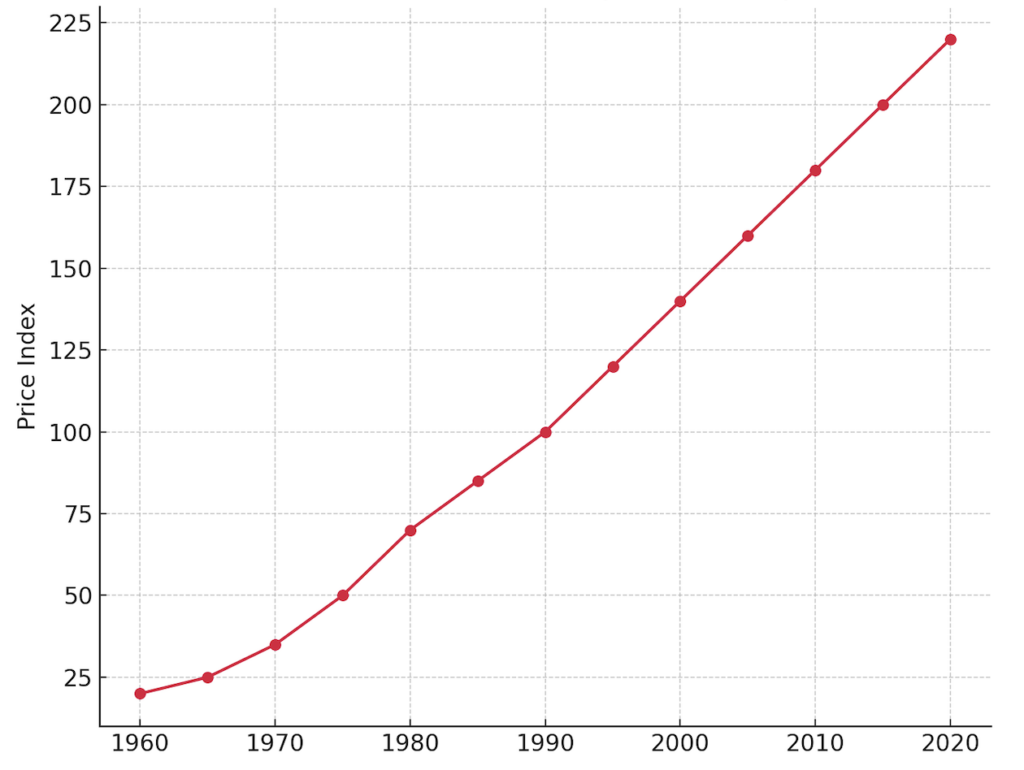
Global metal prices have increased steadily since the 1960s, driven by the exponential rise in high-tech manufacturing, battery demand, and green technologies. World Bank data confirms that this trend will continue due to geopolitical tensions, supply shortages, and rising consumption in emerging economies. This context demands innovation in extraction methods more than ever. Prof. Benzaazoua highlights that rising prices are both a challenge and an opportunity: they encourage optimal resource yield and justify investment in circular and intelligent solutions. Circular processes and web monitoring enable mining activities to adapt to global market shifts, reduce waste, and avoid over-harvesting.
A Growing Appetite: Global Metal Consumption Is Up
In spite of improved recycling, global metal consumption continues to rise. From 1995 to 2015, refined metal use increased due to industrialization in Asia, infrastructure growth, and the digitization revolution. Clean energy technologies like wind turbines, solar panels, and electric vehicles require large quantities of copper, nickel, and rare earths. Mining must now adapt to meet this growing demand while minimizing environmental impact. Prof. Benzaazoua believes that traditional extraction models are outdated. Better planning, geometallurgical modeling, and low-energy processing must become standard. With international partners, UM6P is driving the search for sustainable innovations that meet demand without harming surrounding ecosystems and communities.
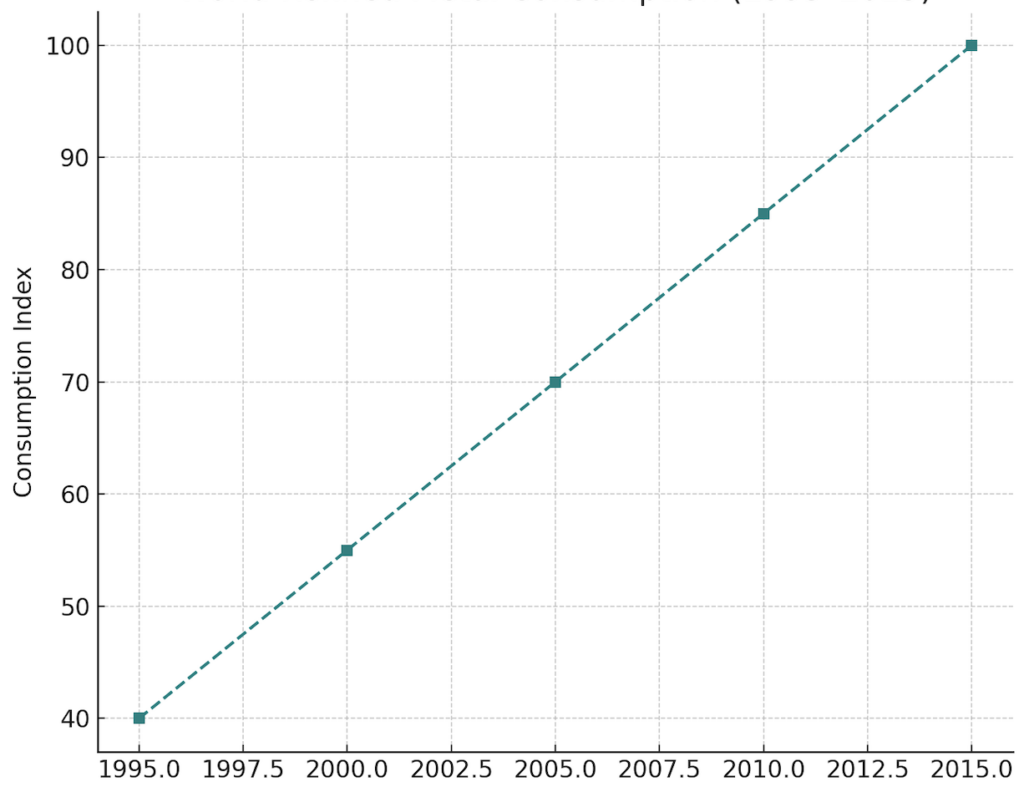
The Rise of Mining Science
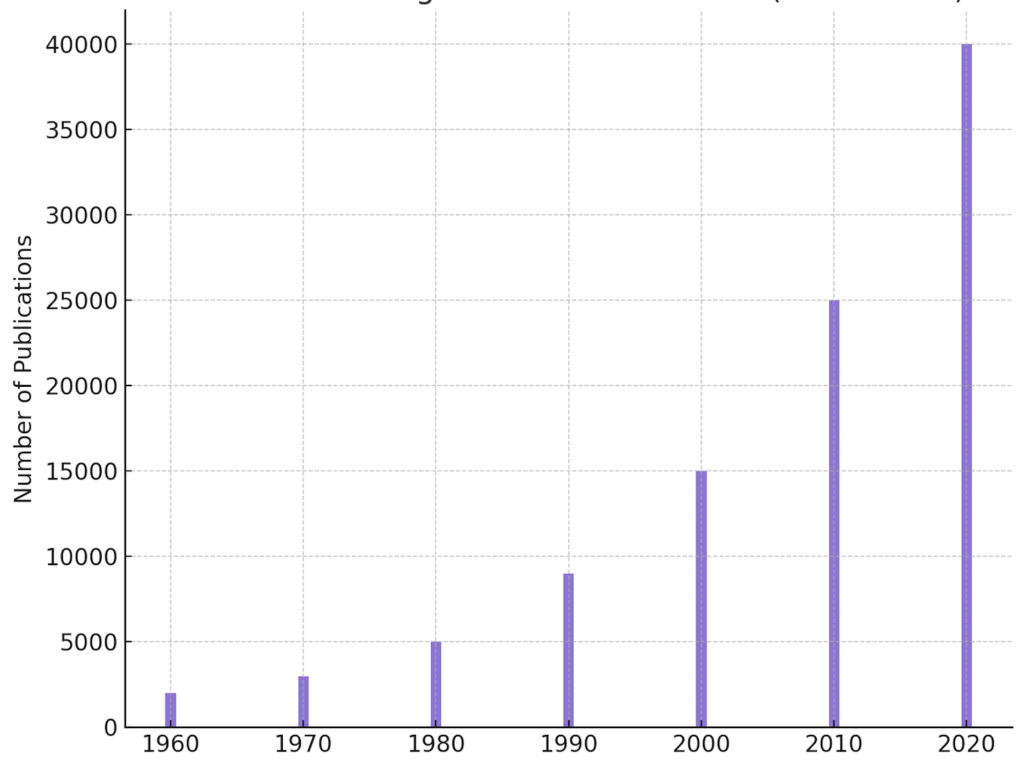
The explosive growth in scientific literature on mining—from a few thousand in the 1960s to over 80,000 publications annually—reflects a paradigm shift. Mining is no longer limited to extractive engineering; it now integrates geochemistry, remote sensing, AI, circular economy, and environmental remediation. Prof. Benzaazoua, with over 170 publications and decades of fieldwork, is guiding the next generation of scientists at UM6P toward science-driven, socially responsible solutions. This scientific boom comes with increased regulatory pressure, making evidence-based design and impact assessments essential. The EMEC program at UM6P provides a platform for tackling mining’s most pressing challenges, from waste valorization to pollution control.
Who’s Leading the Innovation?
While the USA and China lead global mining research output, Africa is quickly rising, with Morocco—through UM6P—building local capacity, talent, and infrastructure to become a regional hub for sustainable mining innovation. Most publications still come from G7 countries, but partnerships and knowledge exchange are growing across the Global South. Prof. Benzaazoua’s vision is intercontinental, connecting Canadian research, European policy, and African development priorities. GSMI is training a new generation of African researchers, engineers, and entrepreneurs who view mining not just as an economic activity, but as a catalyst for inclusive growth, innovation, and environmental responsibility. With student-led projects, joint degrees, and field-based collaborations, UM6P is actively weaving global expertise into local realities. Its partnerships with institutions in Canada, France, and South Africa reflect a bold ambition: positioning Morocco as a scientific bridge between continents.
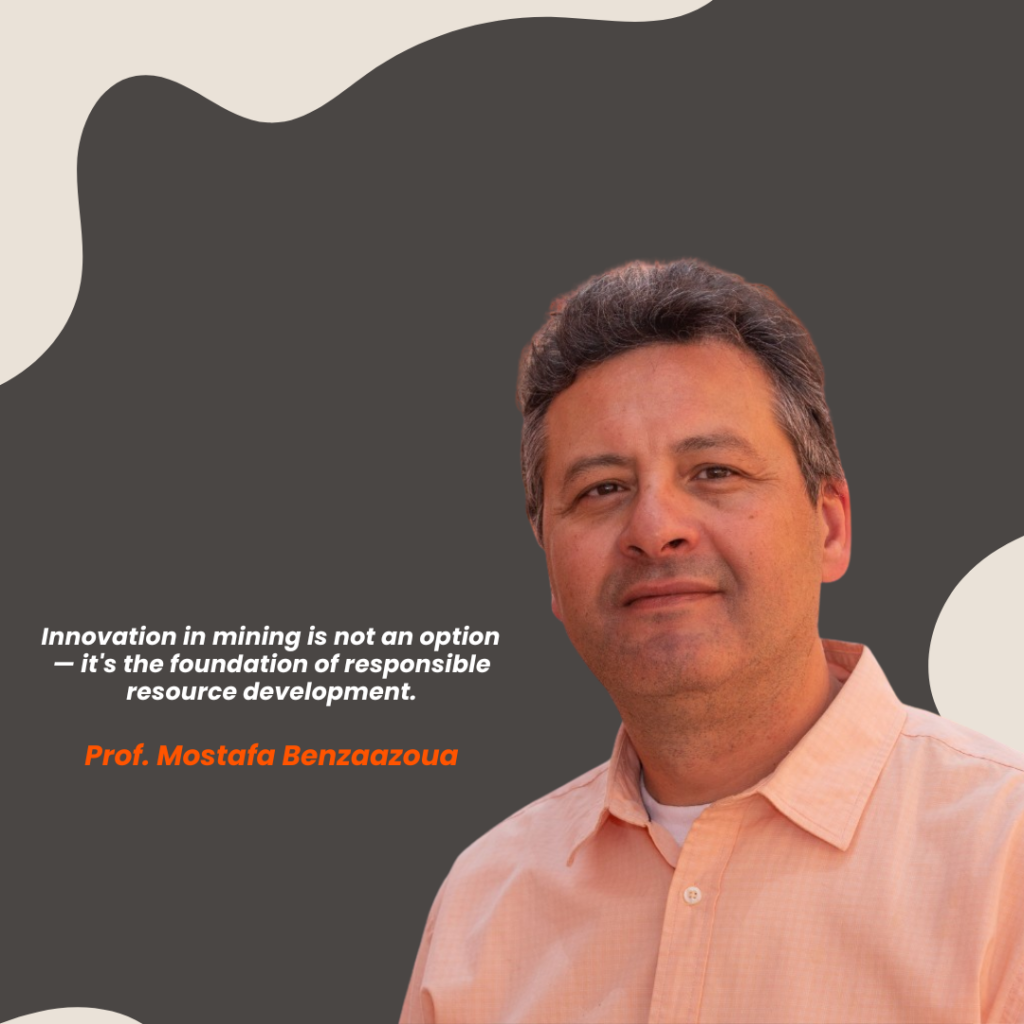
Mining 5.0 Starts Here
Mining 5.0 isn’t a distant dream—it is a reality in the making today by visionaries like Prof. Benzaazoua. From predictive algorithms and autonomous fleets to biomining and circular planning, it’s all available technology now. It only needs collective will to make it happen. At UM6P, the GSMI and EMEC programs are training leaders to build the future of mining through science, intention, and responsibility. The next chapter of African mining will not be one of extraction but of innovation, education, and sustainability.
Innovation is no longer optional — it’s the foundation of responsible resource development.
Prof. Mostafa Benzaazoua
Go Further: Discover the Full Scope of Mining 5.0
Discover the Vision Behind Mining 5.0
Curious about what’s driving the next generation of mining? Get the full story—from global challenges to strategic solutions—in the Global Mining Review feature.
Read the article for a clear overview of Mining 5.0’s goals and impact.
Go Inside the Innovation
Looking for the science behind the shift? Dive into the full MDPI editorial for an in-depth exploration of the technologies powering Mining 5.0—AI, digital twins, geometallurgy, circular economy, and more.
Read the scientific editorial to explore the engine of change.

Leave a Reply